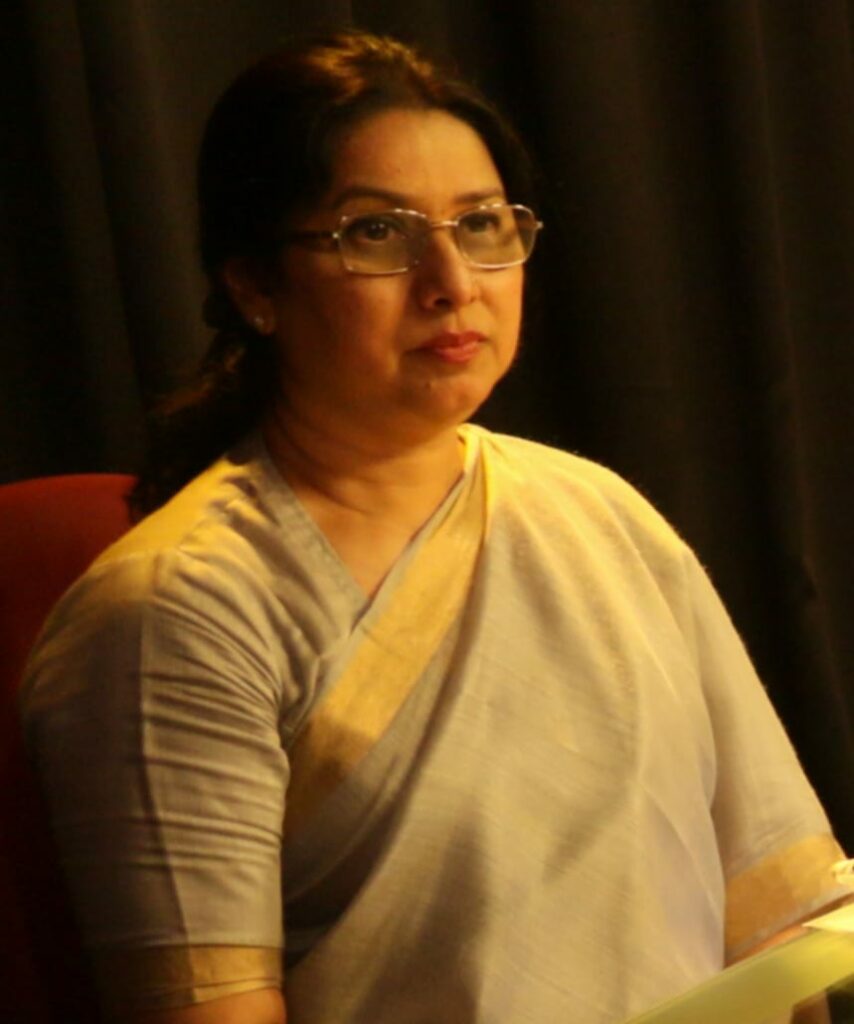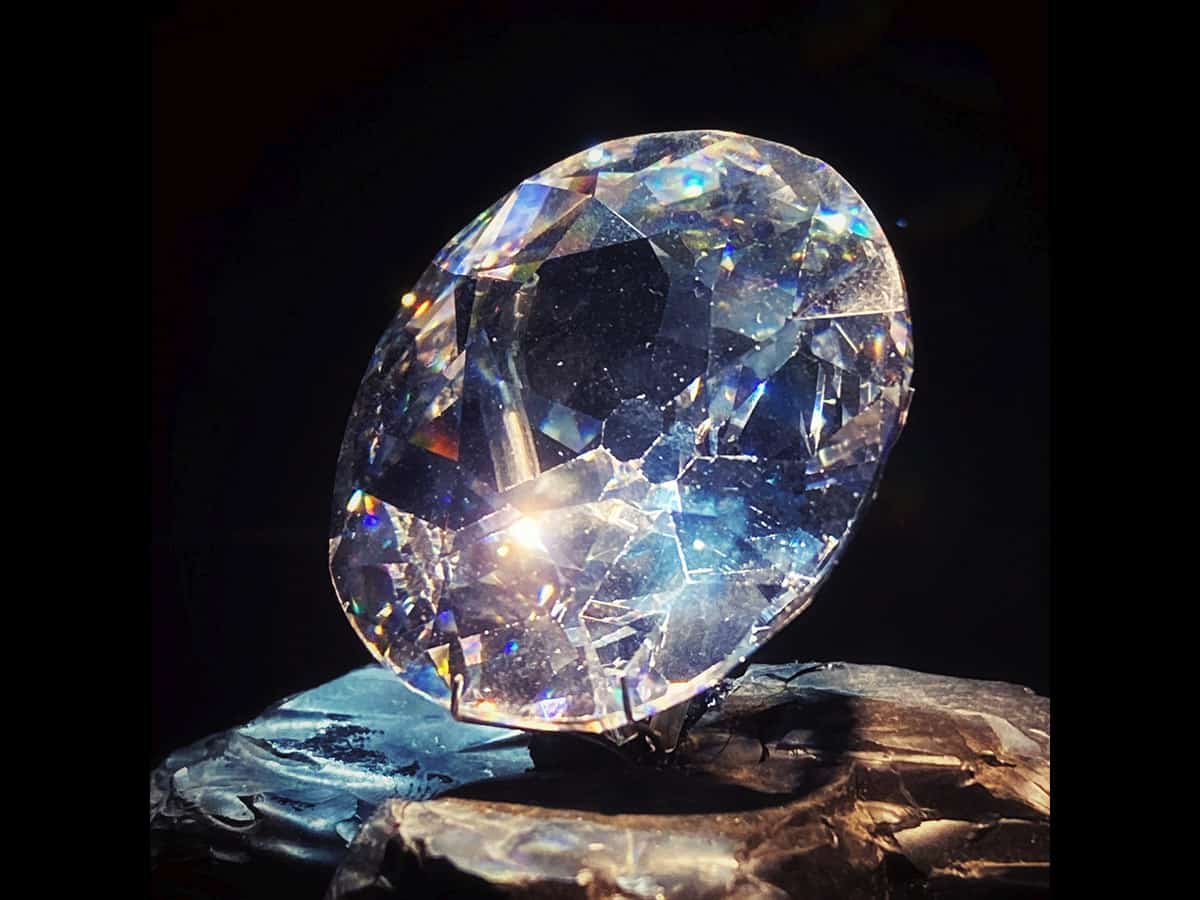
History maketh strange bedfellows.
Let’s take the example of Bhagmati and the Kohinoor.
Supposedly, separated in time by over three quarters of a century, among the many enigmatic nuggets of medieval India’s history of the Deccan, both Bhagmati and the Kohinoor diamond still remain inconclusive.
Primarily, it is the travelogues of Jean Baptiste Tavernier that report about both the enigmas creating a fertile ground for fact, fiction and imagination to gallop. Tavernier, therefore, in a way becomes the pilot that sets sail both Bhagmati and Kohinoor in a single boat.
The more these issues appear to have been resolved in worthy writings of eager writers working on the subject, the more they open up a plethora of questions on the additional information that comes up which nowadays goes by the jargon TMI (too much information).
The discussion here is confined to the Kohinoor. All writers of the famed diamond have to invariably use Tavernier’s voyage accounts to reconstruct details regarding it’s antecedents that in nineteenth century came to be known as the Kohinoor.
Tavernier, a French traveller, jeweller and merchant, undertook six journeys to Asia over forty years and published several travel books. It must be noted that Tavernier wrote much after his journeys were completed—38 years after the first one and five years after the last. So how well he might have remembered whatever he saw is a point to ponder.
The itineraries of Tavernier’s six journeys were often reconstructed only in part for reasons that he penned them down after a time lapse. It is so because he did not have consistency in editing his written works. He has organised his travelogues on the basis of themes rather than chronology. Yet, Tavernier achieved literary fame by publishing his various books between 1675 and 1681. Charles Joret’s book on Tavernier’s voyages (1886) is a popular edition which deals with the account of his journeys.
In 1925, Travels in India by Jean-Baptiste Tavernier, Baron of Aubonne, was translated into English from the original French edition of 1676, with a commentary by Valentine Ball and William Crooke, in two volumes. This is the most popularly used translation of Tavernier’s voyages.
With Tavernier’s accounts, we need to follow E.H.Carr’s advice to historians: ‘Study the historian before you begin to study the facts.’
Coming to Tavernier’s visits to the sultanate of Golconda, it is well documented that he visited the sultanate on his third journey on January 19, 1645. He had come to India as a travelling salesman. On his fourth journey, he visited the seaport at Masulipatam on 11 May 1652 on “a large ship belonging to the king of Golconda that came to Persia each year laden with fine fabrics.” On his fifth journey in 1659, he was again at Golconda until 21 December 1660.
Interestingly, Tavernier came into contact with some fellow travellers like him, François Bernier and Monsieur Thevenot. On his sixth journey in 1665, he accompanied Bernier in India, until 6 January 1666, after which they went their separate ways. Sir Jean Chardin, another French jeweller and traveller whose ten-volume travel account is regarded as one of the finest travel works wrote that Tavernier and Thevenot borrowed from another traveller Raphaël du Mans.
Yet another traveller, John Fryer, was inspired by Tavernier, which makes us surmise that there was liberal borrowing of the written word from one another.
In the background of what we now understand about Tavernier’s documentation of his travel accounts, let us focus on what he has had to say about the antecedents of the large diamond found in the mines of the Golconda sultanate which much later came to be known as the Kohinoor.
The Kohinoor has remained the subject of intrigue for centuries, passing through the hands of Mughal princes, Iranian warriors, Afghan rulers and Punjab’s Maharajas. Its history is well documented from the nineteenth century when the gem reached the Punjab; thereafter the gemstone went into British hands, and formed part of the Crown Jewels on display at the Tower of London achieving its pre-eminent status of a celebrity diamond.
It is almost impossible to know when the Kohinoor was found, or where it was found. That is what makes it such a mysterious stone. Tavernier in his original version in French, in volume I, Book II, chapter X mentions that a flawed diamond was presented by Mir Jumla to Shah Jahan weighing 787 and a half carats. Since yellow flecks ran through the plane of the centre of the diamond that is disputed to be the Kohinoor, it could become a reference point here. Then, in volume II, Book II, chapter XVI, Tavernier records a great uncut diamond weighing 900 carats found in the Kollur mine also known as Gani, presented to Aurangzeb.
The other reference we find is in Bernier’s account who says a matchless diamond was presented to Shah Jahan by Mir Jumla when he advised him to despatch an army to conquer Golconda.
These conflicting versions about the quality of the diamond and to whom it was presented are clarified in the commentary Crooke and Ball give on the original work of Tavernier. They say that the number 900 could be a reference to the weight in ratis and not in carats and the reference made by Tavernier to Aurangzeb should actually imply Shah Jahan. The Italian traveller Nicolo Manucci recounts that Mir Jumla presented several diamonds as nazar to Shah Jahan on 7 July 1656 which has led some historians to believe that the Kohinoor was a part of this.
Now the question arises whether the Kohinoor was the same Babur’s diamond which the Mughal emperor Humayun gave away to Shah Tahmasp of Persia as a present when he was in exile. Babur’s diamond was received by Humayun in 1526 from Raja Bikermajit in Agra. This is the same diamond Alauddin Khilji is supposed to have got from the Raja of Malwa in 1304 weighing 787 and half carats – widely thought to be the Kohinoor as its weight more or less matches with the former. Babur’s diamond eventually found its way into the Deccan but it is unclear how or when it found its way back into the Mughal court thereafter.
Similarly Crooke and Ball also clarify on the original work of Tavernier based on the opinions of Erskine, Cunningham and Prof. Maskelyne that Babur’s diamond equals to 187 modern English carats. They also say the Kohinoor’s weight could not be assessed till 1850 when it was brought to England and found to be 187 and a half carats identically matching with Babur’s diamond’s weight.
Tavernier being an astute jeweller and gem merchant, even carrying several large diamonds on his person and moving around with bodyguards, was given permission from the Mughal emperor Aurangzeb to see his private collection of jewels, in the context of which he mentions that the Venetian stone cutter, Hortensio Borgio, had indeed brutally cut a large diamond weighing 319 ratis or 279 9/16 carats, resulting in big loss of size. But he did not see any stone of the same weight attributed to Babur’s diamond in this collection in the possession of Shah Jahan. If he or Bernier had heard of such a stone they would have mentioned it.
The diamond mines of the Kistna (Krishna) district belonged, no doubt, to the sultan of Golconda. While Tavernier mentions that only three diamond mines Ramalakota, Kollur and Gandikota, belonged to Golconda, a landmark paper published in Philosophical Transactions in 1677 presented to the Royal Society by the Earl Marshal of England a year after Tavernier’s first published account gives a list of 23 diamond mines in Golconda and 15 in Bijapur. Business in diamonds was soaring and Golconda-Haidarabad was known as the diamond capital of the world.
Diamond mines in Kollur and in the Bellary district of Carnatik were farmed out to Mir Jumla the wazir of sultan Abdullah Qutb Shah. But when Tavernier says the great Mughal’s diamond was found in Kollur and it can be identified as the same diamond that had been gifted to the Mughal emperor Shah Jahan by the diamond merchant-cum-prime minister Muhammad Said Ardestani Mir Jumla II in 1656, he is making a mistake. The description of the great Mughal’s diamond does not apply to the one presented by Mir Jumla to Shah Jahan.
Sometimes it is implied that the Orlov, the Great Mughal and the Kohinoor were all parts of one stone. Most modern scholars are now convinced that the Great Mughal diamond is actually the Orlov, today part of Catherine the Great’s imperial Russian sceptre in the Kremlin.
Since the other great Mughal diamonds have largely been forgotten, any mention of extraordinary Indian diamonds in historical sources have come to be assumed to be references to the Kohinoor.
In the light of these unnoticed bits and pieces of historical records, and the commentary given by Crooke and Ball on Tavernier’s accounts, the Kohinoor appears to be on more shaky ground than Bhagmati. Its journey is easily traceable from the nineteenth century, but when and how it began its life is still a big mystery. Yet, both Bhagmati and the Kohinoor continue to provide colourful bazaar gossip keeping us engaged in Deccan’s history and heritage.
Salma Ahmed Farooqui is Professor at H.K.Sherwani Centre for Deccan Studies, Maulana Azad National Urdu University, Hyderabad. She is also India Office Director of the Association for the Study of Persianate Societies (ASPS).

